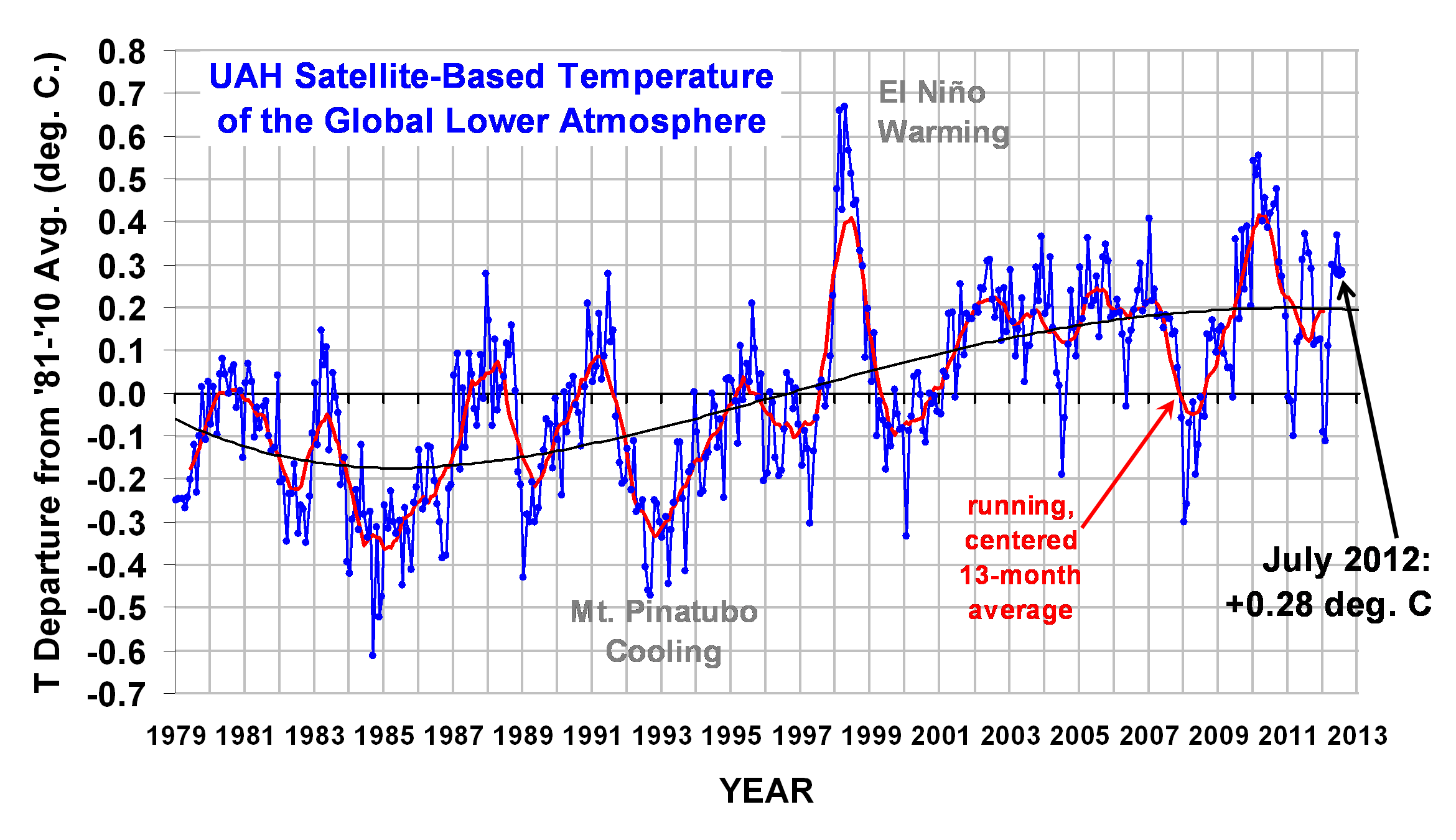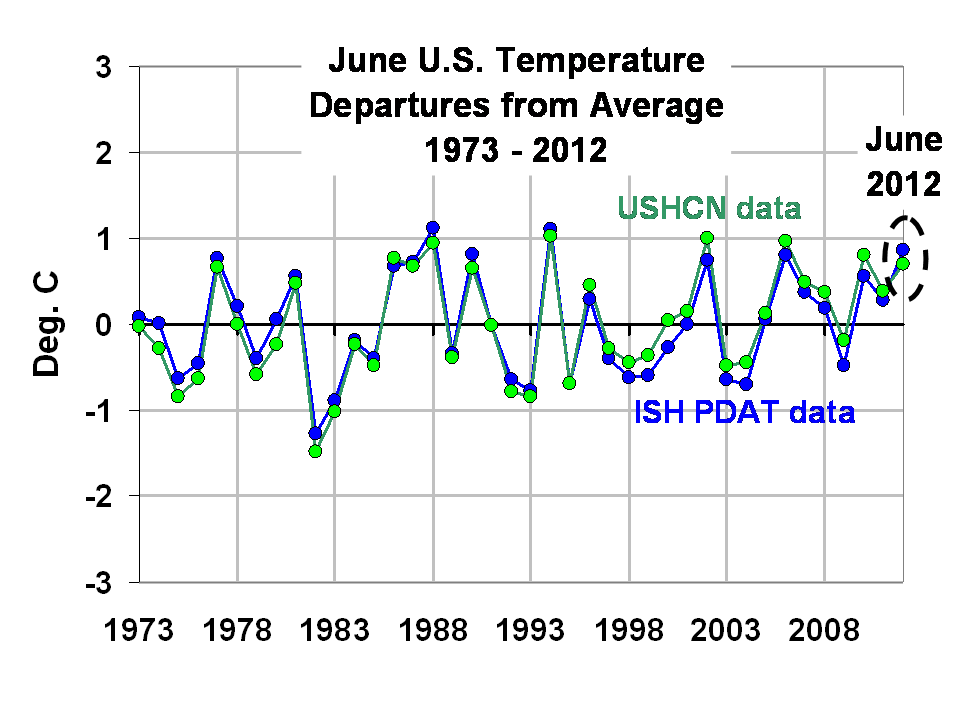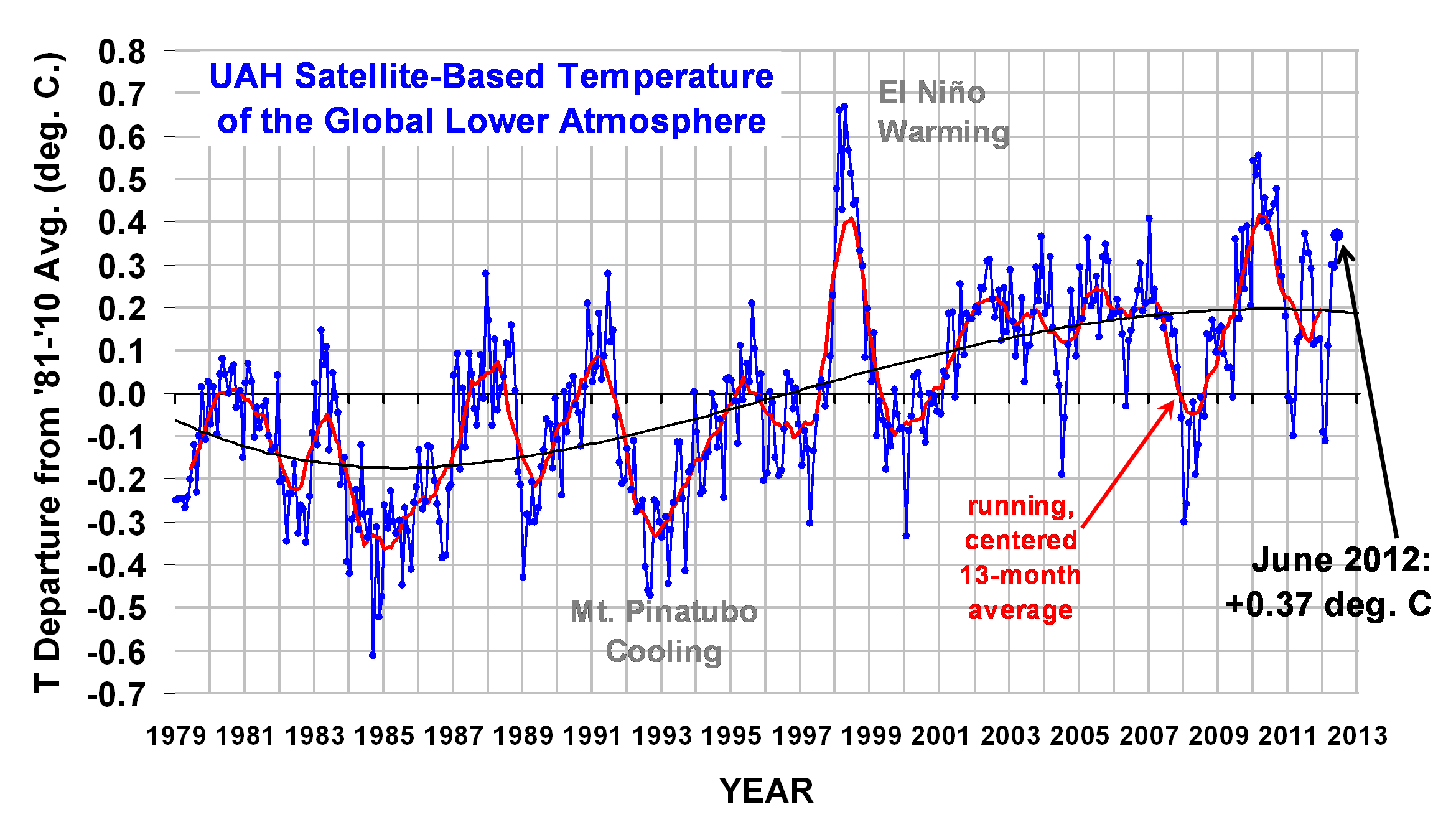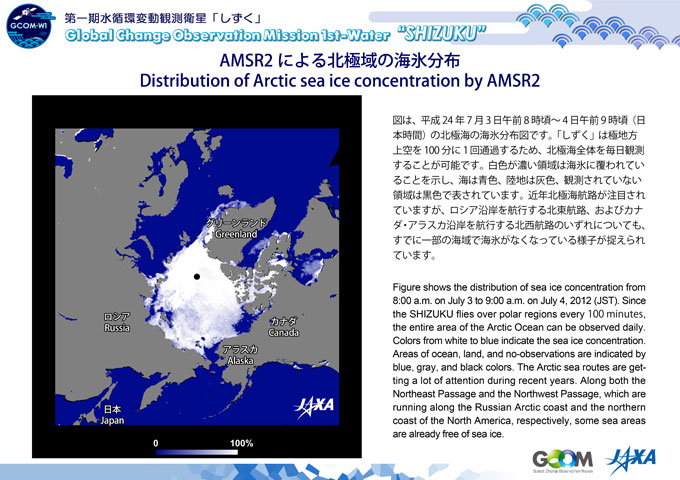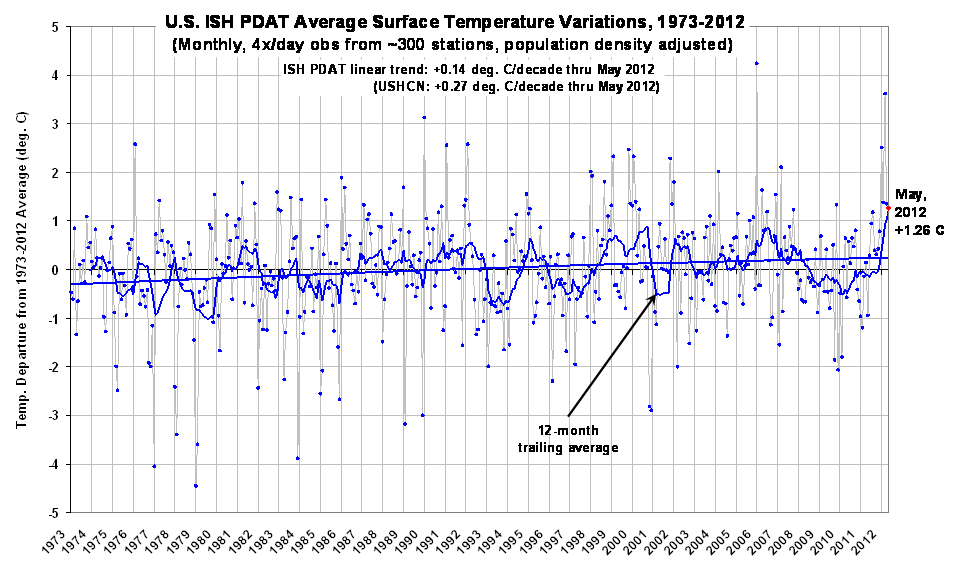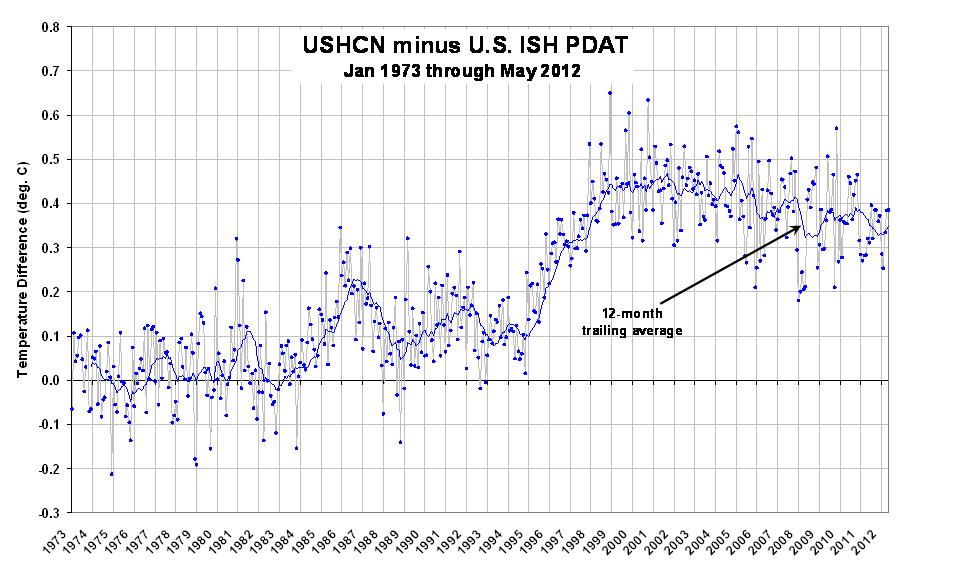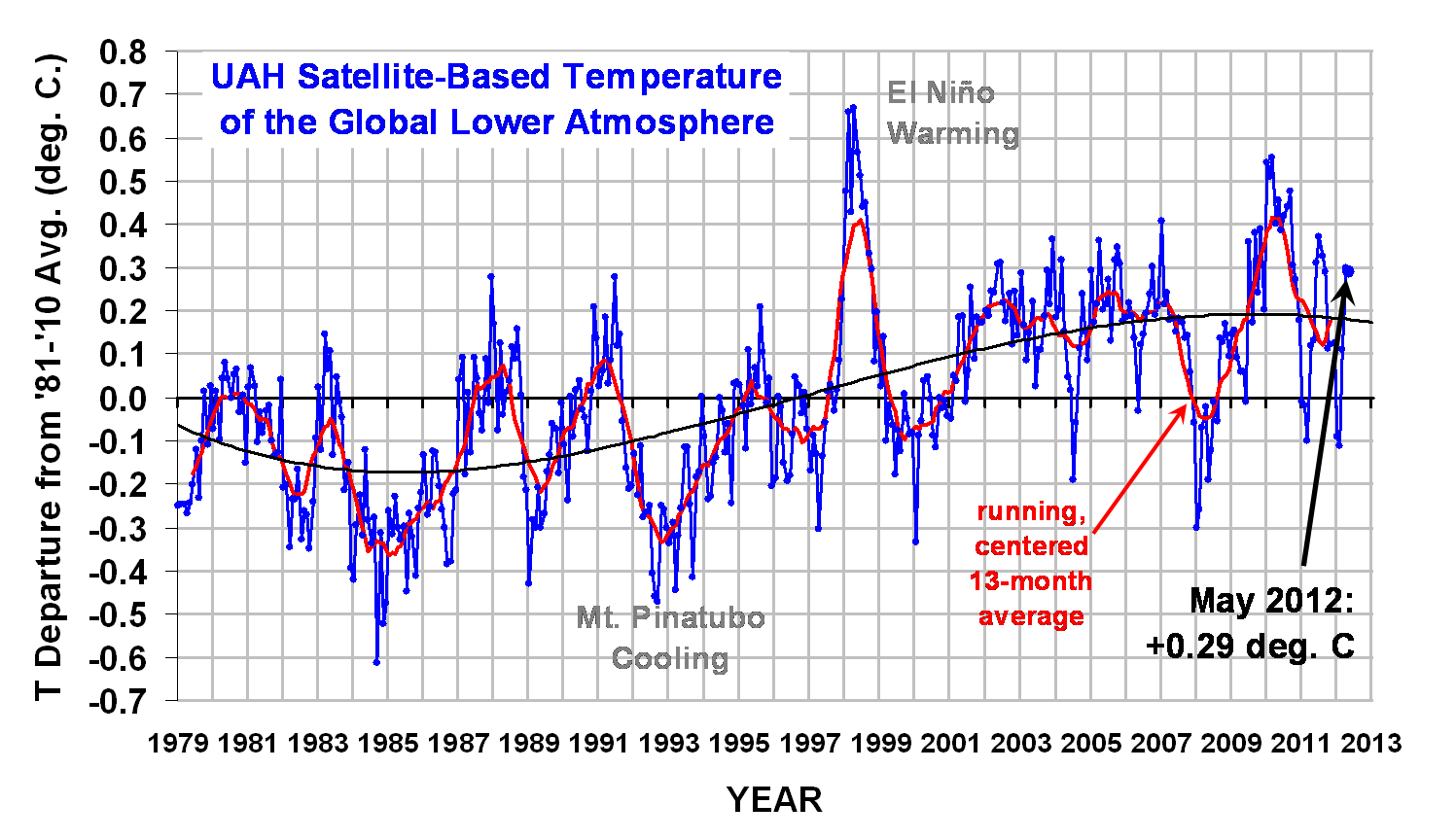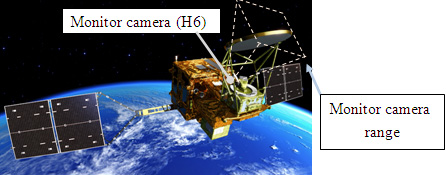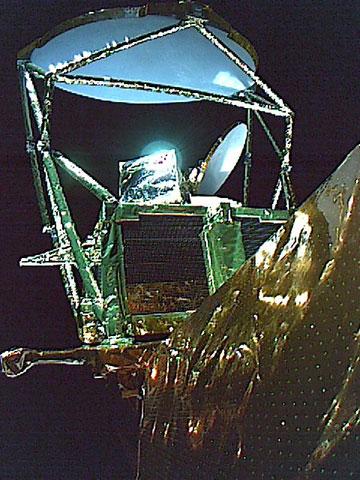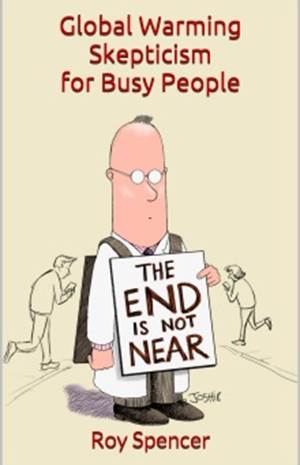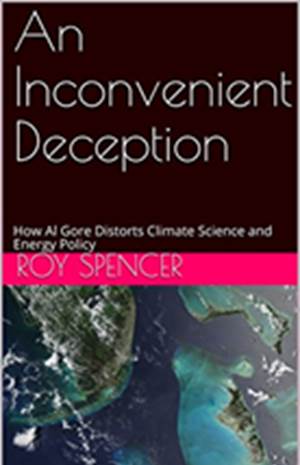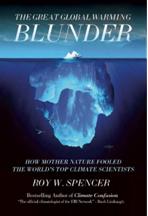“Never have so many scientists forecast so far into the future such fearful weather with so little risk of consequence for being wrong.” – I just made that up.
There is an excellent essay over at Judith Curry’s Climate Etc. blog by Steven Mosher entitled Post Normal Science: Deadlines, dealing with the factors involved in so-called post-normal science, which as Steve summarized, is science where:
1. Facts are uncertain
2. Values are in conflict
3. Stakes are high
4. Immediate action is required
Not all scientific problems are created equal. Some physical processes are understood well enough to allow their routine use to make predictions which invariably turn out correct. We can launch a mission to Mars based upon our knowledge of the gravitational force exerted by the planets, or predict the future position of the planets many years in advance.
But many other scientific problems are not understood with enough certainty to make accurate predictions. If those problems also have huge societal impacts where policy decisions must also be made, we enter the realm of post normal science (Funtowicz and Ravetz, 1991).
Why the Urgency?
I must admit, I have a problem with the need for such a distinction as “post-normal science”, other than to be an excuse for one set of values to attempt to beat another set of values into submission. All science involves uncertainty. That is nothing new. Also, all policy decisions involve uncertainty, and even without uncertainty there will be winners and losers when policies are changed.
After all, who is to decide whether decisions are urgent? I know that politicians might urgently desire to make new policies in a certain direction which typically favor a certain constituency, but there are abundant examples where decisions are made by government which later turn out to be bad.
The first one that comes to mind is the ethanol mandate. I don’t care if it was well intended. Millions of people throughout history have been killed through the good intentions of a few misguided individuals. Too often, policy decisions have been knee-jerk reactions to some perceived problem which was either exaggerated, or where the unintended consequences of the decisions were ignored — or both.
And it’s not just the politicians who want to change the world. I have related before my experience in talking with “mainstream” climate scientists that they typically believe that no matter what the state of global warming science, we still need to get away from our use of fossil fuels, and the sooner the better.
To the extent that fossil fuels are a finite resource, I would agree with them we will eventually need a large-scale replacement. But in the near-term, what exactly are our policy options? You cannot simply legislate new, abundant, and inexpensive energy sources into existence. We are stuck with fossil fuels as our primary energy source for decades to come simply because the physics have not yet provided us with a clear alternative.
And since poverty is the leading killer of humans, and everything humans do requires energy, any policy push toward more expensive energy should be viewed with suspicion. I could argue from an economic perspective that we should be burning the cheapest fuel as fast as possible to help spur economic growth, which will maximize the availability of R&D funding, so that we might develop new energy technologies sooner rather than later.
Why the need for either “normal” or “post-normal” categories?
Post-normal science follows on Thomas Khun’s 1962 concept of “normal science” in which he claimed science makes the greatest advances through occasional paradigm shifts in the scientific community.
Now, a paradigm shift in science is something which I would argue should not occur, because it implies the scientists were a little too confident (arrogant?) in their beliefs to begin with. If the majority of scientists in some field finally realize they were wrong about something major, what does that say about their objectivity?
Scientists should always be open to the possibility they are wrong — as they frequently are — and it should come as little surprise when they finally discover they were wrong. But scientists are human, gravitating toward popular theories which enjoy favored status in funding, persuasive and even charismatic leader-scientists, and routinely participate in “confirmation bias” where evidence is sought which supports a favored theory, while disregarding evidence which is contrary to the theory.
Anthropogenic global warming
Which brings us to global warming theory. I currently believe that, based upon theory, adding carbon dioxide to the atmosphere should cause some level of warming, but the state of the science is too immature to say with any level of confidence how much warming that will be. If even 50% of the warming we have seen in the last 50 years is part of a natural climate cycle, it would drastically alter our projections of future warming downward.
Or, it is even theoretically possible that adding carbon dioxide to the atmosphere will have no measureable impact on global temperatures or weather, that basically for a given amount of sunlight the climate system maintains a relatively constant greenhouse effect. I’m not currently of this opinion, but I cannot rule it out, either.
So, we are faced with making policy decisions in the face of considerable uncertainty. As such, global warming theory would seem to be the best modern example of post-normal science. Funtowicz and Ravetz argued we must then rely upon other sources of knowledge in order to make decisions. We must look beyond science and include all stakeholders in the process of formulating policy. I have no problem with this. In fact I would say it always occurs, no matter how certain the science is. Scientific knowledge does not determine policy.
The trouble arises when “stakeholders” ends up being a vocal minority with some ideological interest which does not adequately appreciate economic realities.
Deadlines…or Conflicting Values?
In Mosher’s essay he eloquently argues that it is the deadlines which largely lead to not-so-scientific behavior of climate scientists.
But I would instead argue that the deadlines were only imposed because of competing values. Some political point of view had decided to misuse science to get its way, and those supporting the opposing point of view are then dragged into a fight, one which they did not ask for.
Regarding deadlines (the need for “immediate action”), there is no reason why the objective and truthful scientist cannot just say, “we don’t know enough to make an informed decision at this time”, no matter what the deadline is. It’s not the scientist’s job to make a policy decision.
Instead what we have with the IPCC is governmental funding heavily skewed toward the support of research which will (1) perpetuate and expand the role of government in the economy, and (2) perpetuate and expand the need for climate scientists.
To the extent that skeptics such as myself or John Christy speak out on the subject, it is (in my view anyway) an attempt to reveal the evidence, and physical interpretations of the evidence, which do not support putative global warming theory.
Sure, we might have to shout louder than a “normal scientist” would, but that is because we are constantly being drowned out, or even silenced through the pal- …er… peer-review process.
Our involvement in this would not have been necessary if some politicians and elites had not decided over 20 years ago that it was time to go after Big Energy through an unholy alliance between government and scientific institutions. We did not ask for this fight, but to help save the integrity of science as a discipline we are compelled to get involved.

 Home/Blog
Home/Blog